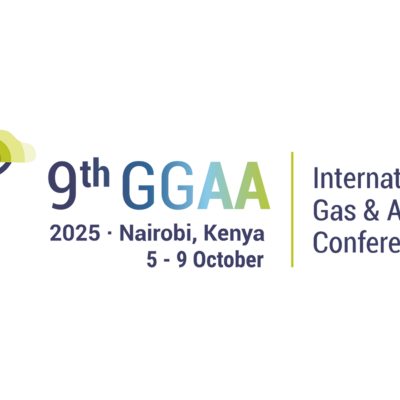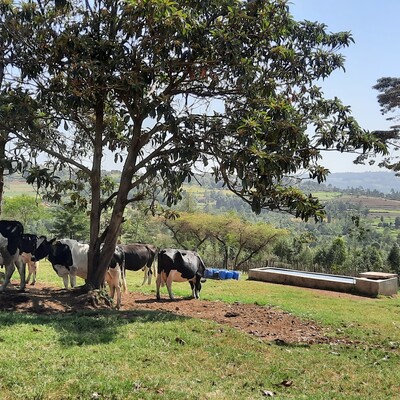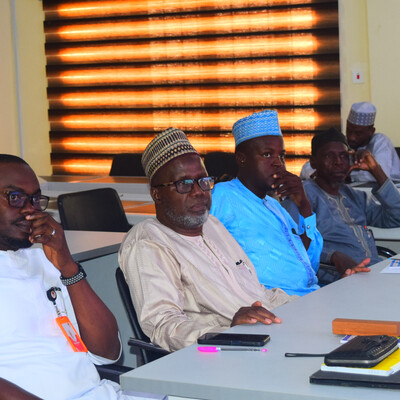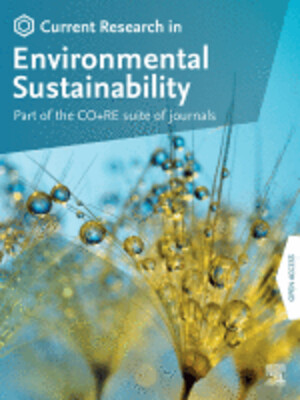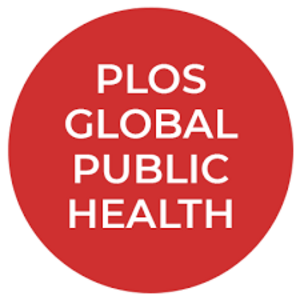
Building the evidence case for scaling up drought risk financing in East Africa
Just over 10 years ago, researchers at the International Livestock Research Institute (ILRI) and their partners* launched an ambitious experiment: to provide index based livestock insurance (IBLI) for livestock keepers to help protect them from drought-related asset losses.
This safety net mechanism was developed in response to increasingly severe and frequent droughts in East Africa as a result of climate change, which can often have devastating effects on livestock keepers, especially pastoralists, wiping out or weakening most of their herds and leading to distress sales of animals. These losses of critical sources of food and income can push these already marginalized groups further into poverty and vulnerability.
First piloted in northern Kenya in 2010 as a commercial micro-insurance product, IBLI was adopted by the government of Kenya in 2015 under the Kenya Livestock Insurance Program (KLIP) as part of a social protection program for pastoralists. It was introduced in Ethiopia in 2012 in the country’s semi-arid Borana region in the south east, where adoption has grown over the years. In the last few years, humanitarian organizations such as the World Food Progamme (WFP) and the International Committee for the Red Cross (ICRC) launched similar schemes in eastern Ethiopia and Zambia.
Now, thanks to the Drought Index-insurance for Resilience in the Sahel and the Horn Africa Project, (DIRISHA, which also means window in Swahili), the rich experiences, challenges and lessons learned from 10 years of IBLI have been compiled to provide the evidence case to scale-up climate risk financing innovations in the Intergovernmental Authority on Development IGAD region and beyond.
Supported by the Foreign, Commonwealth & Development Office (FCDO) of the United Kingdom in close coordination with Centre for Disaster Protection (CDP) and the African Development Bank (AfDB), the project itself is a reflection of a shared objective to identify solutions and initiatives that can contribute to the long-term resilience of livestock keepers in dryland areas, in the face of climatic shocks.
‘Having invested in IBLI and the drought risk financing agenda for more than a decade, we at ILRI are excited to see growing interest in and support for a regional approach in both the IGAD and Sahel regions,’ said Jimmy Smith, director general of ILRI. ‘With our key partners, we are at pivotal point, where we can provide a framework to provide a gateway to the much-needed financial services, including insurance in the drylands, to help livestock herders and their families cope with the impacts of recurring climatic risks.’
Over the course of the last year, ILRI and partners conducted operational and technical reviews of the various national-level drought/climate risk financing solutions in the region, examining demand and potential for scalability. One of the key findings from the study suggest that although demand for IBLI has been modest in the past 10 years, such programs could be run more sustainably when scaled from a national to a regional level.
In addition to fostering greater intergovernmental and institutional level collaboration, regional implementation of drought risk financing strategies could make the programs more cost-effective and offer diversification of risks, making them more attractive to private insurers and funding agencies.
‘As disaster risk finance progresses it is vital that valuable, hard-earned lessons are shared widely across stakeholders. DIRISHA should be commended for providing such a robust evidence base, highlighting best practice, and encouraging transparency across the sector; crucial elements in improving the quality of disaster risk finance,’ said Daniel Clarke, director of the Centre for Disaster Protection.
‘The regional scope of the study in protecting pastoralist livelihoods against drought provides valuable insight for alignment and integration of products and services. It will be fascinating to see how suggested ways forward from this initiative will help to mainstream effective drought risk insurance.’
The study has also addressed the critical challenge of quality assessment of index-insurance solutions, providing guidance on the adoption of digital tools to measure key environmental and socio-economic impact indicators (i.e. cost and availability of food, etc) – that can help inform the technical design process and contribute to developing quality metrics to assess future initiatives across the continent.
Next steps
While the reports from the DIRISHA study will be launched officially in September this year, the results and recommendations will be showcased, discussed and acted on at a virtual workshop on 12-13 July. Participants will consist of key strategic stakeholders, such as government and private sector representatives in the IGAD region, development actors, insurance companies and DIRISHA partners.
Participants in the workshop will be encouraged to reflect on the key outputs of DIRISHA and to chart the way forward on establishing a systematic framework to strengthen the linkages between researchers, program design, investors, and implementers to ensure greater quality of the design and impact at scale of future programs.
Drought risk financing by itself cannot build drought resilience and protect livelihoods of pastoralists – for instance, parallel investments in resilience building and markets are required. Alignment with other pastoral development initiatives are likewise important. Any future IGAD regional IBLI approach should be closely integrated with these existing approaches to ensure complementarity and make use of operational economies of scale where possible.
* IBLI was developed in partnership with Cornell University, Syracuse University, the BASIS Assets and Market Access Innovation Lab, the National Drought Management Authority and funding through The World Bank Group.
--
The DIRISHA project was launched in July 2020 and closed in May 2021. The set of reports from the project will be published in September 2021.
For more information on DIRISHA and the workshop contact:
Rupsha Banerjee, ILRI r.banerjee[at]cgiar.org
--
Banner photo: The livestock market at Garissa, in Kenya's semi-arid northeast region, is the biggest of its kind in East Africa, attracting livestock herders from Ethiopia, Somalia and Kenya. In Kenya, 90 percent of the meat consumed by its population is supplied by the 16 million dryland livestock herders in the country. Photo ILRI/Kabir Dhanji.






